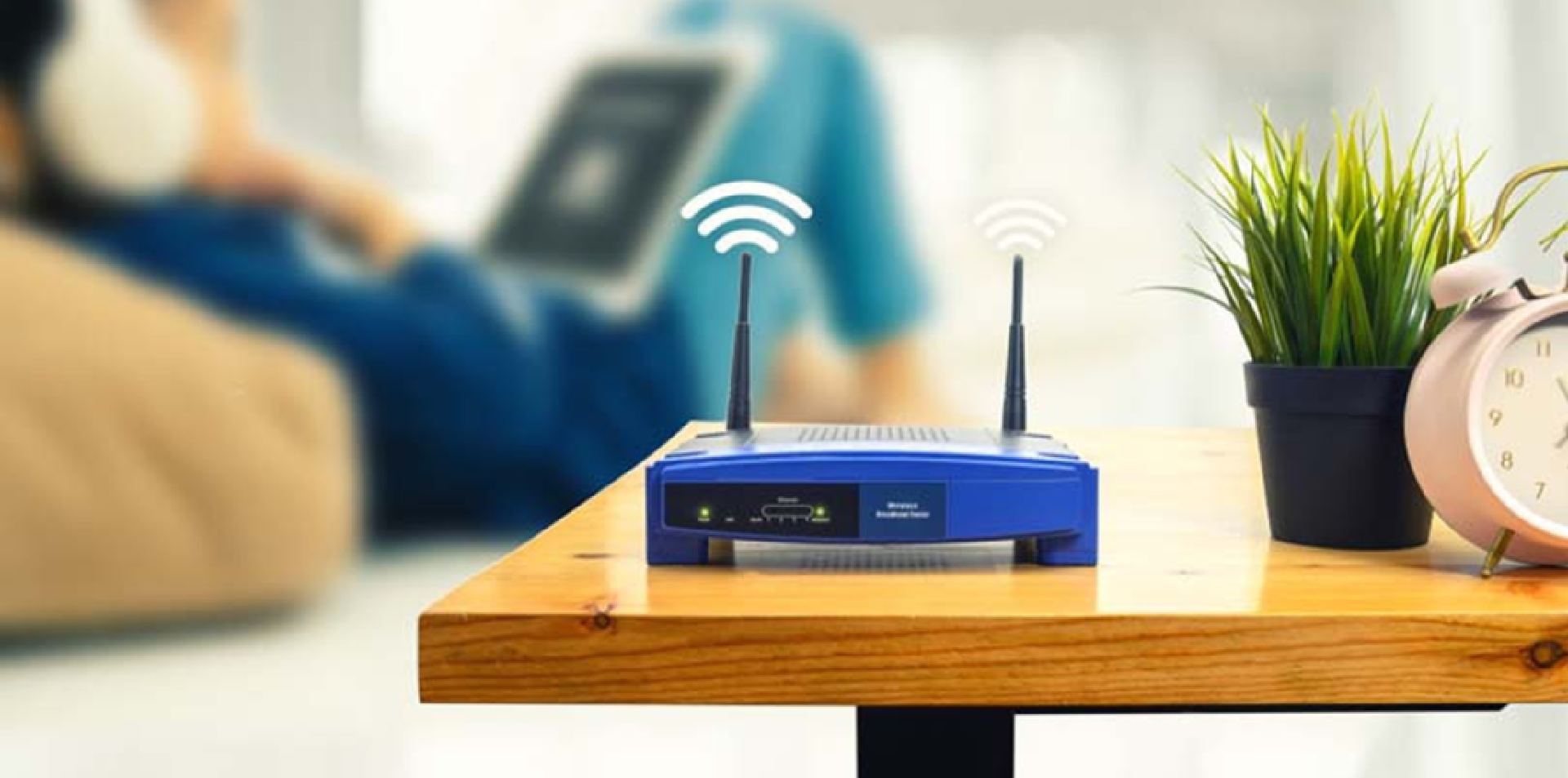While it’s true that Wi-Fi can provide you untethered and seamless data connection, it comes with different security disadvantages that hackers may exploit. Without knowing the tricks hackers use to attack, it will be a bit hard for you to know which habits are putting you at risk the most.
People often make small mistakes while trying to connect their devices to the network. This gives hackers the perfect opportunity to attack your system. So, to help you avoid these mistakes, consider the following tips that will allow you to avoid falling victim to different Wi-Fi attacks.
1. Eliminate Networks from Your PNL That You Don’t Need
PNL or the Preferred Network List is a list of networks that your device trusts automatically. This list is created from the networks that you have connected to over time. However, your device won’t be able to distinguish the networks that share a similar type of security and name.
This means that once you have connected to a Starbucks Wi-Fi network then your device will remember it and would connect to any open network automatically that has the same name.
Hackers exploit this and set up multiple access points by mimicking the names of common open Wi-Fi networks. For instance, if you have left your smartphone’s Wi-Fi on in public then the device would connect to the network automatically whose name matches with the one it connected to before.
This could enable the hacker to track which sites you visited, load phishing pages, and could know which applications you are using. Therefore, it is recommended to remove those networks that you don’t need in your PNL. It will help you remain safe from online attacks.
2. Disable Auto-Connect
Once you have decided to eliminate the networks from your PNL, then this means that only those networks that require you to manually enter the password would be stored there. Even though it would be a hassle for you to enter the password every time you wish to connect to a network, this would keep your device from automatically connecting to different access points.
Also, there is a solution to save you from entering the password time and again. You can simply allow the device to remember the password of the network that you connect to often. At the same time, make sure that you disable auto-connect. Now, you would be able to join the network easily without typing in the password.
Also read: How Protecting Your Online Business Wealth From Cyberattack
3. Create a Strong Password for Wi-Fi
Not many people know but there is a big flaw in using WPA2. And that is if you select a weak password then an attacker would break into your network without breaking a sweat. Therefore, you should always think of creating a strong password.
One way to do that is to think of a password that would be difficult to guess. Plus, it should be unique. This means that you won’t be reusing the same password that you chose for other accounts. If you do so then a hacker might just do a brute force attack while trying that password.
4. Disable WPS Functionality on Routers
Never enable WPS on your network. This is because a hacker can easily manipulate the system to hack you using WPS-Pixie or WPS setup pin attacks. What’s scary about the latter is that a hacker can easily obtain your password no matter how unique, secure, or long it is. This is because the WPS setup pin is designed to recover lost passwords. So, if an attacker takes advantage of this then he/she would have the same control over the device as its owner.
If you have noticed that a hacker has accessed the network and is trying to compromise your system then you should change the WPS setup pin. But it is not that easy as many routers don’t allow the users to do that. So, you would need to invest in a new router. Also, it is recommended to disable your WPS option by accessing your router’s menu settings.
Conclusion
These are just a few of the most important tips that you should consider implementing if you want to secure your Wi-Fi network. There are also some others that you should know about such as isolating clients to their own subnet and avoiding using hidden networks.
I remember when I subscribed to the internet service after viewing different Spectrum internet prices, I immediately took steps to secure my Wi-Fi by following these tips. You should consider doing the same if you truly want a smooth and secure browsing experience.










Leave a comment